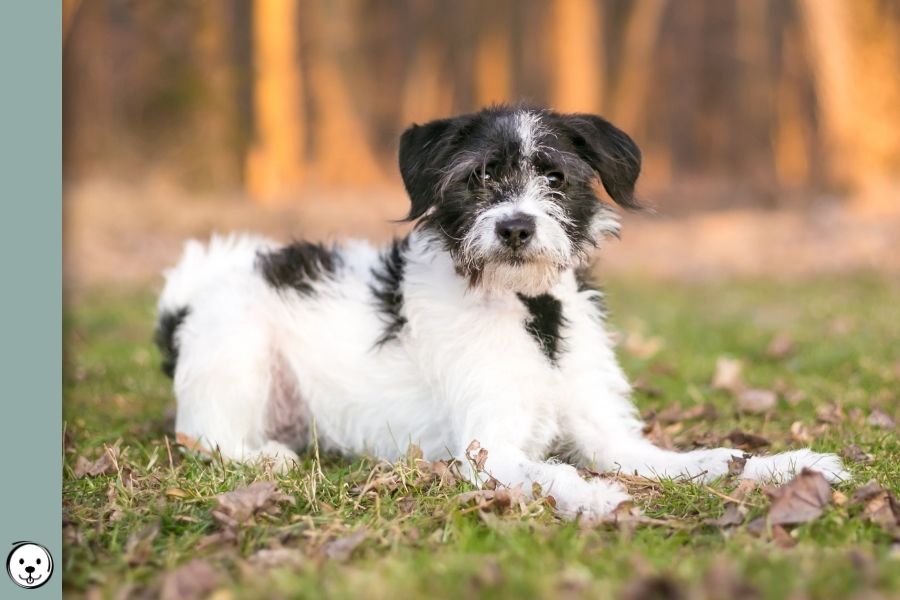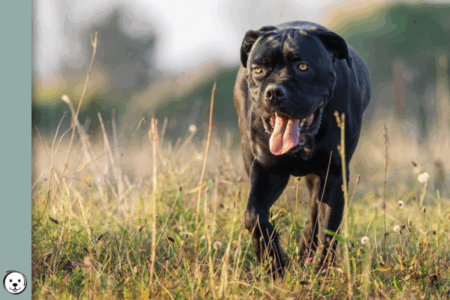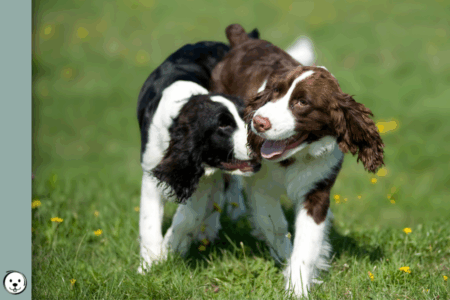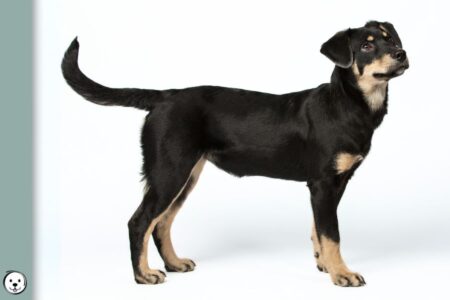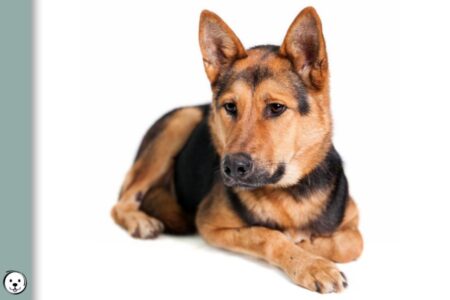So you adopted this scruffy little dog. And you were convinced he was probably a terrier mix (or so you’ve been told). But now it turned out your dog is something else entirely. But how?
Terrier Lookalike Coat Type
Shelters and puppy buyers alike tend to guess a dog’s ancestry solely based on looks.
And a wiry coat on a small dog basically screams “terrier“, doesn’t it?
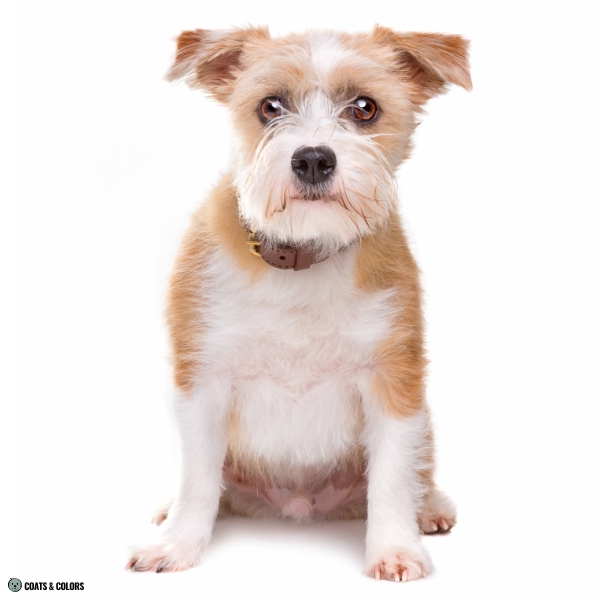

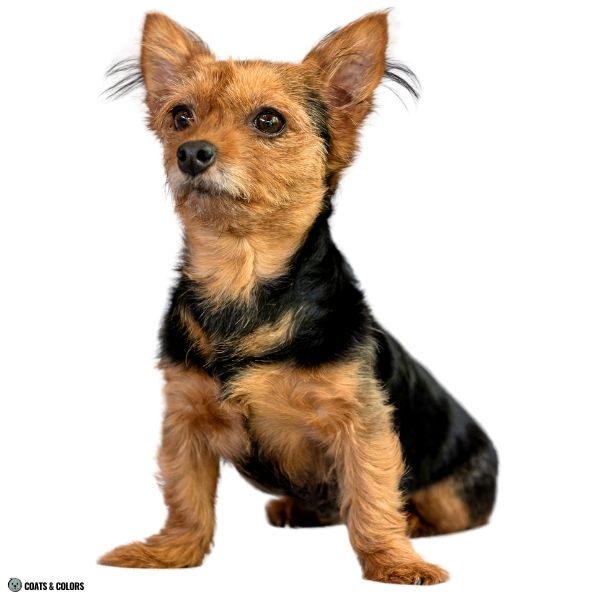
Well, a number of well-known small wirehaired dog breeds are terriers.
Many terrier breeds are bearded and have short and harsh coats with a wiry texture.
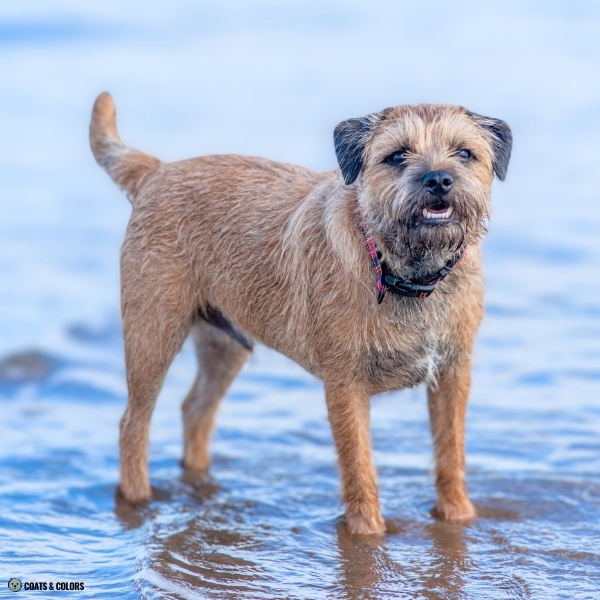

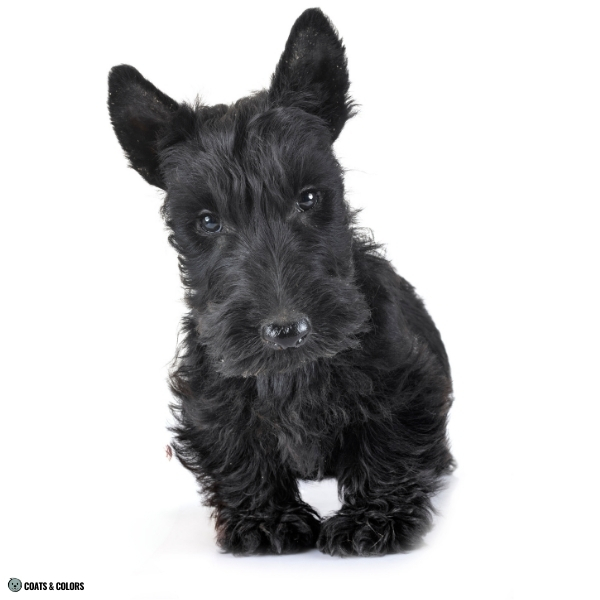
However, many mixed breed dogs with a wire-haired coat texture aren’t related to terriers at all!
How come?
Think of a dog’s appearance as a construction kit made up of modular building blocks.
Most traits, from all the coat colors and patterns down to coat type and texture, work independently of each other. This means that you can recreate almost any coat by combining just the right traits.
And it does not take much to rebuild a terrier-like-coat.
All basic dog coat types are based on only three traits, each with two possible outcomes:
1) Coat Length: Dogs can be shorthaired (L/L or L/l) or longhaired (l/l).
2) Furnishings: Dogs can have furnishings (F/F or F/N) or no furnishings (N/N).
3) Curly Coat: Dogs can have a curly or wavy coat (Cu/Cu or Cu/N) or a straight coat (N/N).
Each combination of traits causes a distinct growth pattern.
And the recipe for a wirehaired coat is to be shorthaired with furnishings.
| Long | Furnished | Curly | |
|---|---|---|---|
 curly bearded Poodle |  l/l |  F/- |  Cu/- |
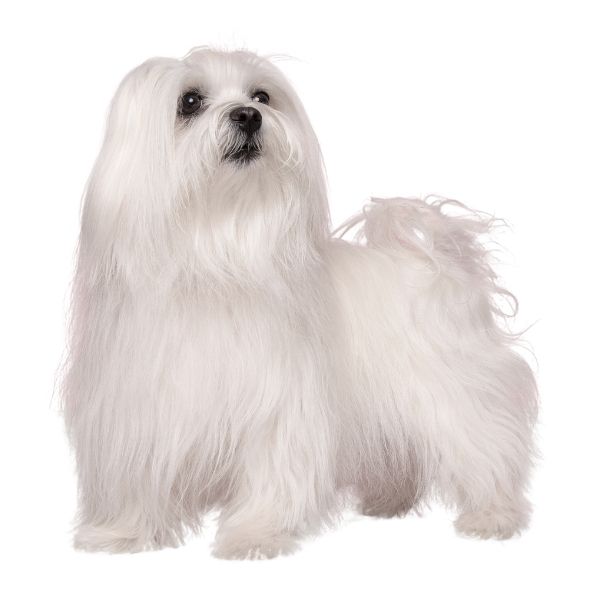 longhaired bearded Maltese |  l/l |  F/- |  N/N |
 curly Mudi |  l/l |  N/N |  Cu/- |
 longhaired Sheltie |  l/l |  N/N |  N/N |
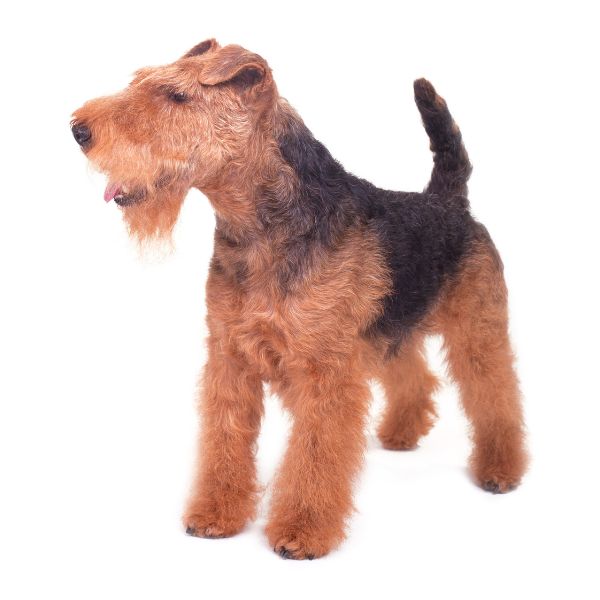 curly wirehaired Welsh Terrier |  L/- |  F/- |  Cu/- |
 wirehaired Border Terrier |  L/- |  F/- |  N/N |
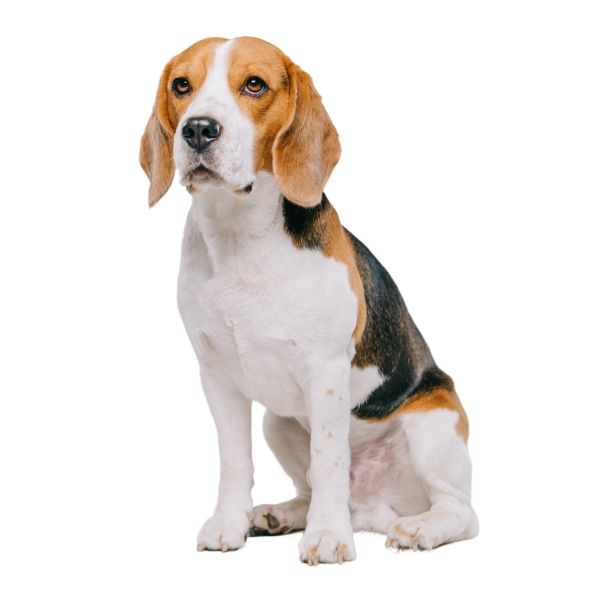 shorthaired Beagle |  L/- |  N/N |   Cu/- or N/N |
Terrier-Lookalike Genetics
A dog needs to be shorthaired to have a terrier-lookalike coat.
The second trait you need for this type of coat are furnishings.
If you combine a short coat with furnishings you get … a wirehaired dog.
Both of these traits are very, very common. I’m sure you know plenty of shorthaired or bearded dogs!
It doesn’t really matter if you add the curly trait or not. First-generation crosses from purebred parents will likely only get curls from one side, resulting in a slightly wavy coat at best.
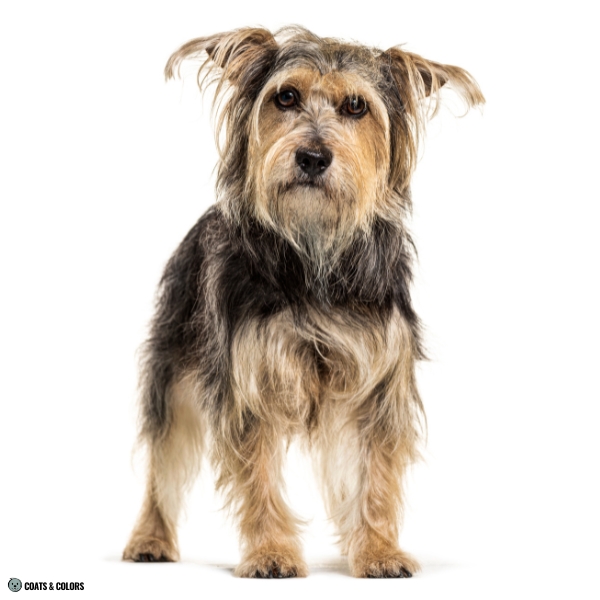
Coat Length
A short coat (L) is dominant to long coat (l).
You only need one copy of the shorthaired allele to produce a short-coated puppy (L/-).
This also means, one parent has to be shorthaired (L/-) to produce a shorthaired puppy.
The shorthaired parent can be homozygous (L/L) or heterozygous (L/l) for a short coat. Many purebred dogs are fixed for short coat (L/L) and will always produce shorthaired puppies.

Popular dog breeds that come with a smooth coat (L/L) are Labradors, Huskies, Beagles, Boxers, Dobes, Pugs, Great Danes, Boston Terriers, Vizslas, Whippets, Frenchies or bully breeds, etc.
Another subset of shorthaired dogs are all of the wire-haired terriers (these dogs get their wiry coat from being shorthaired modified by furnishings). Think of Border Terriers, Westies, or Scottish Terriers.
And of course all of the other wirehaired breeds such as Wirehaired Dachshunds or German Wirehaired Pointers or Schnauzers or Irish Wolfhounds and Deerhounds.
Furnishings
Furnishings (F) are dominant to non-furnishings (f).
One copy of furnishings is enough to always produce a bearded dog (F/-).
One parent has to be furnished (F/-) to produce a furnished puppy.
This parent can be homozygous (F/F) or heterozygous (F/f) for furnishings. Many purebred dogs already come fixed for furnishings (F/F) and will only produce bearded puppies.
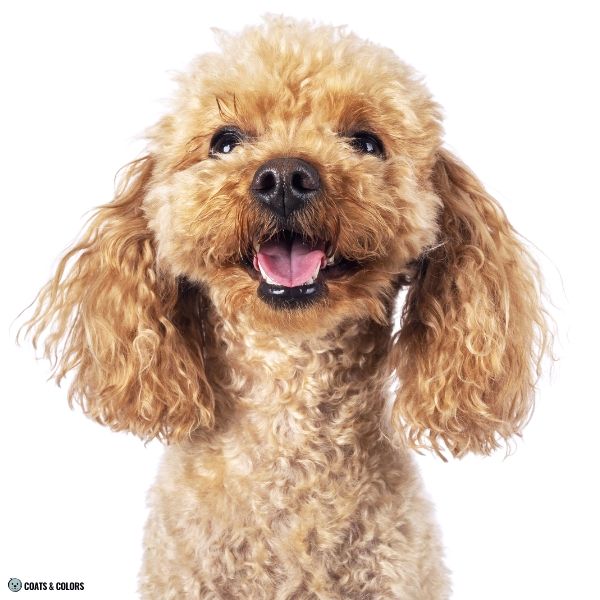
Again, there are many breeds that are fixed for a bearded coat (F/F).
Popular breeds that only come with a bearded coat (F/F) are Yorkies, Old English Sheepdogs, Bearded Collies, Lagotto Romagnolo, Maltese, Shih Tzu, or Havanese, and of course Poodles!
Fake Terrier Ancestry
All it needs to produce a wirehaired dog is one copy of short coat (L) and one copy of furnishings (F).
These traits can be passed down one from each parent or can come both from the same parent.
There are also a ton of other dogs that are either shorthaired or bearded or both.
When paired, these dogs can produce the same wiry coat type as a terrier in their offspring!
This means:
By far not every puppy that ended up with an L/- F/- genotype and a wirehaired phenotype has to have terrier ancestry or any other wirehaired dog breed in his pedigree!
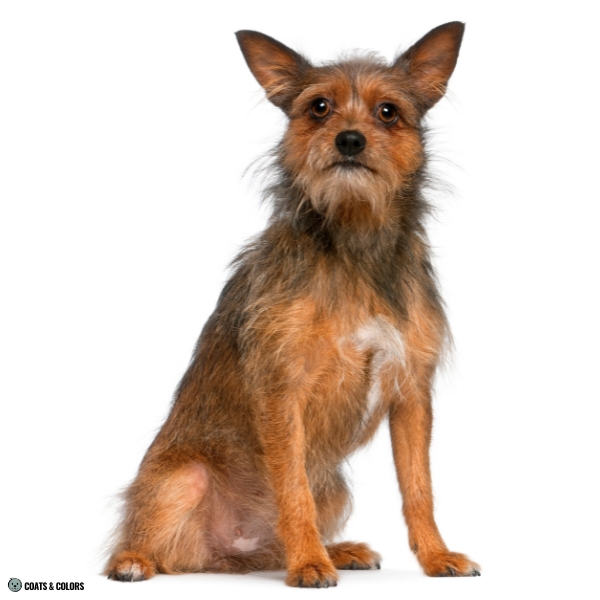
For example, you can get a really wiry coat with some poodle crosses.
Many Labrador x Poodle mixes end up with a shaggy wavy bearded coat and can easily be mistaken for a German Wirehaired Pointer that hasn’t been groomed in a while.
That’s why Labradoodle breeders cross another poodle into the next generation to produce the desired non-shedding long and wavy or curly coat.
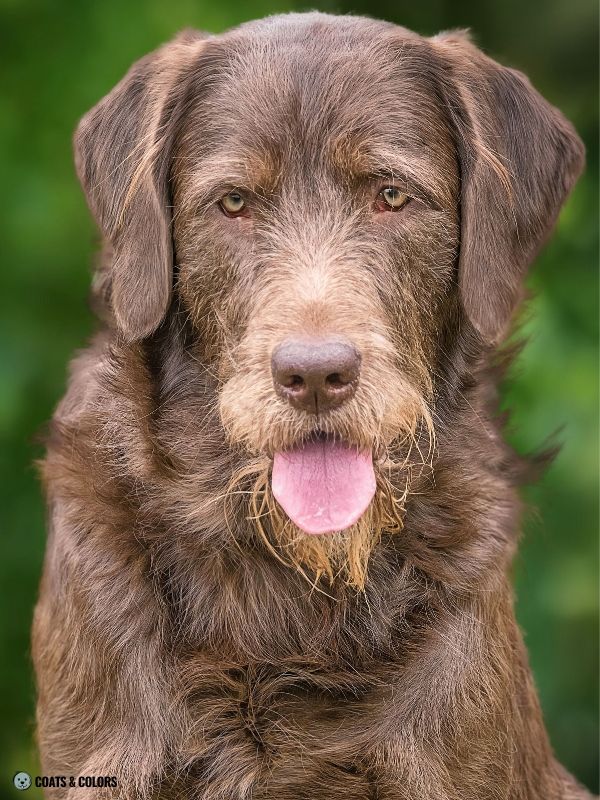

And, for example, a Chihuahua x Shih Tzu mix can be very shaggy and easily look very terrier-like or maybe even a little dachshund-ish if they also have some shorter legs.

If a scruffy little mix has a grayish coat, they often pass as a “Schnauzer mix“. But don’t forget that many Poodles can pass down a copy progressive graying which can fade any black coat to gray.
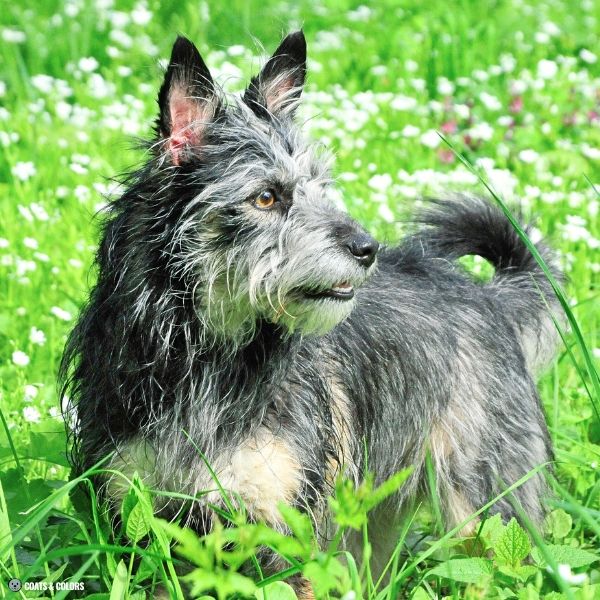
Of course, this also goes the other way. There are lots of wavy-coated or shorthaired dogs that are real terrier mixes but don’t look like a terrier at all.
In summary, many dogs have a short coat and furnishings, giving them a terrier-lookalike coat. However, it is impossible to identify a breed mix based on coat type alone.
Links
[1] Embark Veterinary. Dog Decoded: The Shaggy Poodle Mix
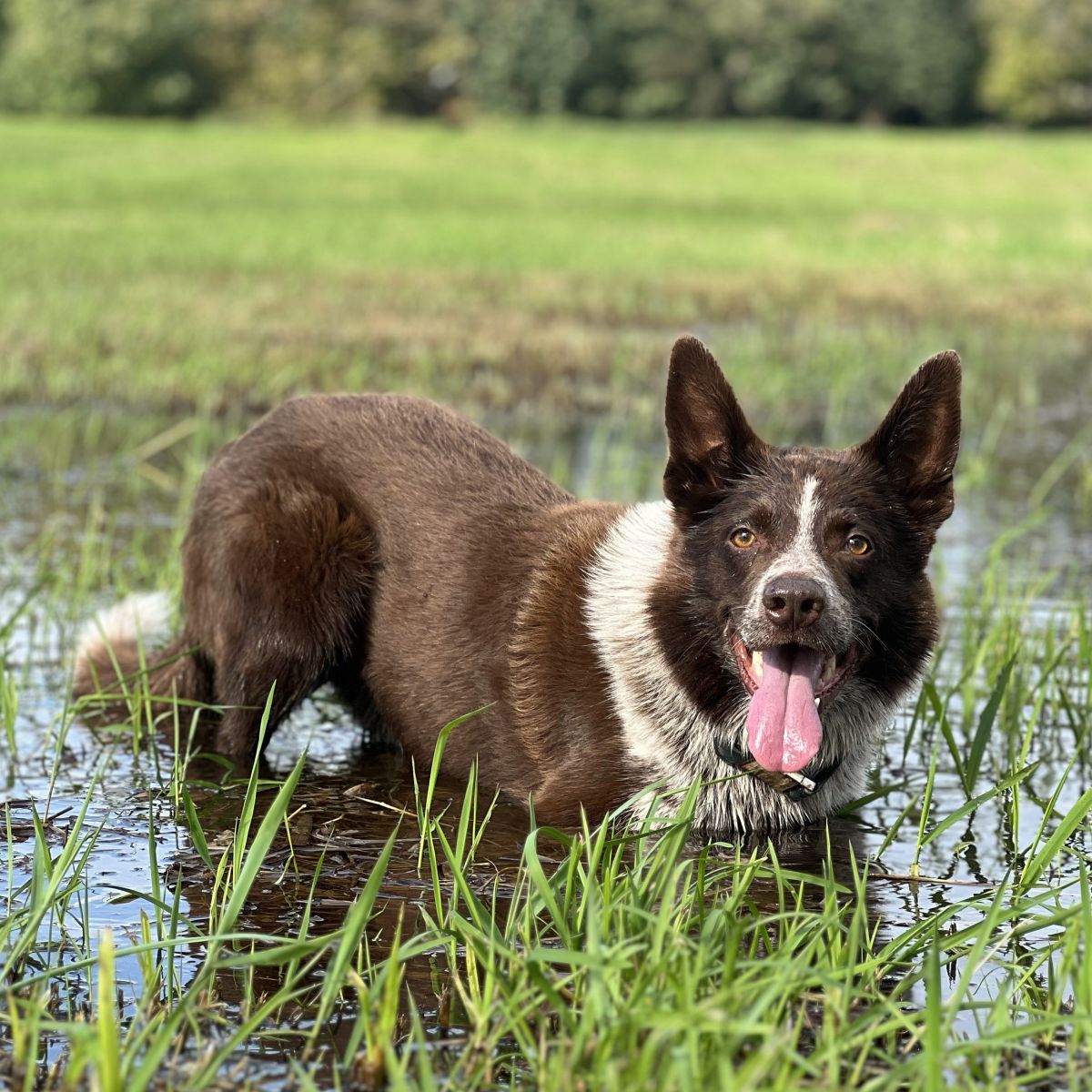
Hi! I’m Steffi. I am a biologist and a big time dog nerd. You are curious about coat color genetics? You’ve come to the right place! Read more.

